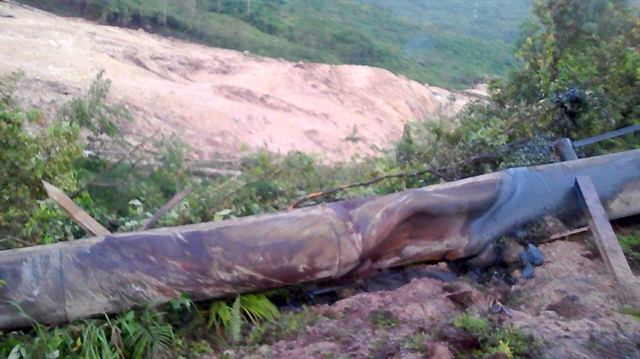
PAPUA PANIC
PNG oil and gas explorer Oil Search said in a statement it had also shut production in the quake-affected area.
The giant Grasberg copper mine operated by the Indonesian unit of Freeport McMoRan in neighbouring Papua province was not affected, a Jakarta-based spokesman said.
However, the quake and several aftershocks caused panic in Jayapura, the capital of Indonesian Papua, Indonesia's disaster mitigation agency said in a statement, but there were no reports of casualties or damage there.
The IRC's Regmi said communications were "completely down" in Tari, one of the larger settlements near the quake's epicentre, and that landslides had cut roads.
Several other aid and missionary agencies said poor communications in the area made damage and injury assessment difficult.
"The bush structures that they build tend to handle earthquakes extremely well," Christian missionary Brandon Buser told Reuters after contacting several remote villages by shortwave radio.
Earthquakes are common in Papua New Guinea, which sits on the Pacific's "Ring of Fire", a hotspot for seismic activity due to friction between tectonic plates.
"This is the Papuan fold-and-thrust belt, so it's a typical movement of faults in that region, but it's big," said Chris McKee, acting director of the Geohazards Management Division in Port Moresby.
Part of PNG's northern coast was devastated in 1998 by a tsunami, generated by a 7.0 quake, which killed about 2,200 people.














